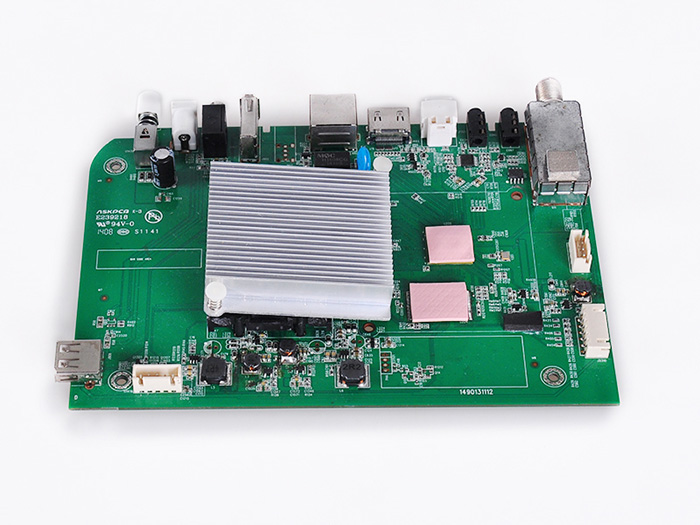I believe you are not unfamiliar with the thermal conductive silicone film, but we do not know how much you know about the performance advantages of the thermal conductive silicone film? Now the small edition for you to reveal one by one.

The performance advantages of thermal conductive silicone film are as follows:
(1) Scope of thermal conductivity and stability
Thermal conductive silicone film has great selectivity in terms of thermal conductivity, which can be selected from 0.8w/k.m-... More than 3.0w/k.m, and stable performance, long-term reliable use;
At present, the maximum thermal conductivity of the double-sided adhesive is not more than 1.0w/k-m, and the thermal conductivity is not ideal.
Thermal conductive silicone grease is a curing process at room temperature. It is prone to surface cracking, unstable performance, volatilization and flow at high temperature, and its thermal conductivity will gradually decline, which is not conducive to long-term reliable system operation.
(2) Bridging the technological difference in structure, reducing the technological difference requirement of radiator and radiator components
The thickness and hardness of the thermal conductive silicon film can be adjusted according to the design. Therefore, the thermal conductive channel can bridge the difference of heat dissipation structure and chip size, and reduce the difference requirement for the contact surface of the heat dissipation device in the structural design, especially for the flatness and roughness. If the processing accuracy is improved, the cost of the product will be greatly increased. Therefore, the thermal conductive silicon film can be used. In order to fully increase the contact area between the heater and the radiator, the production cost of the radiator is reduced.
In addition to the traditional PC industry, the new heat dissipation scheme is to remove the traditional radiator and unify the structure and radiator into a heat dissipation structure. In PCB layout, heat sinks are laid on the back or on the front, heat sinks are opened around the chips that need heat dissipation, heat is transferred to the back of PCB through copper foil, and then heat conduction channels are built by filling thermal conductive silicone film to guide the heat sinks below or on the side of PCB (metal brackets, metal shells), so as to optimize the overall heat dissipation structure and reduce the overall dispersion. Cost of thermal schemes.
(3) EMC, Insulation Performance
Thermal conductive silicone film has good protection for EMC because of its insulation and thermal conductivity. The reason of silicone material is not easy to be pierced and teared or damaged under pressure, so the reliability of EMC is better.
Due to the limitation of material properties, the thermal conductive double-sided adhesive has low protective performance for EMC. It can not meet the needs of customers in many cases and is limited in use. Generally, it can be used only when the chip itself has been insulated or the chip surface has been protected by EMC.
Thermal conductive silicone grease because of the material characteristics of its own EMC protection performance is also relatively low, many times can not meet customer needs, in use is relatively limited, generally only the chip itself has done insulation treatment or the chip surface has done EMC protection can be used.
(4) The effect of shock absorption and sound absorption
The carrier of thermal conductive silicone film determines that it has good elasticity and compression ratio, so it has good shock absorption effect. Adjusting density and hardness can produce good absorption effect to low frequency electromagnetic noise.
The bonding mode of thermal conductive double-sided adhesive determines that it has no effect of shock absorption and sound absorption.
(5) Installation, testing, reusability and convenience
The thermal conductive silicone film is stable solid state, with optional adhesive strength and easy disassembly. It has elastic recovery and can be reused.
Once the heat conductive double-sided adhesive is used, it is not easy to disassemble, there is a risk of damage to the chip and peripheral devices, and it is not easy to disassemble completely. When scratched thoroughly, the chip surface will be scratched and dust, oil and other interference factors will be brought when wiping, which is not conducive to thermal conductivity and reliable protection.
Thermal conductive silicone grease can not be disassembled, it must be carefully wiped, and it is not easy to wipe thoroughly. Especially in the test of replacing thermal conductive medium, it will affect the reliability of test data, thus affecting the judgement of engineers.

